Nonfiction November Week 3: Book Pairing
Nonfiction November continues this week with the task of pairing a fiction book and a nonfiction book together. For a summary of last week’s posts about how people choose nonfiction books, check out Rachel’s wrap-up at Hibernator’s Library. And now, on to the question for this third week:
This week pair up a nonfiction book with a fiction title. It can be a “If you loved this book, read this!” or just two titles that you think would go well together. Maybe it’s a historical novel and you’d like to get the real history by reading a nonfiction version of the story.
Well, there were several different ways I could have gone with this. I was tempted to pair the entire twenty-book Aubrey/Maturin series with a companion reference book, but I felt that was cheating a bit, even though the series reads like one continuous novel. Then I almost wrote about The Lord of the Rings, pairing it with a volume of literary criticism that brings out the religious symbolism of the trilogy. In the end, however, I decided to go a little more experimental.
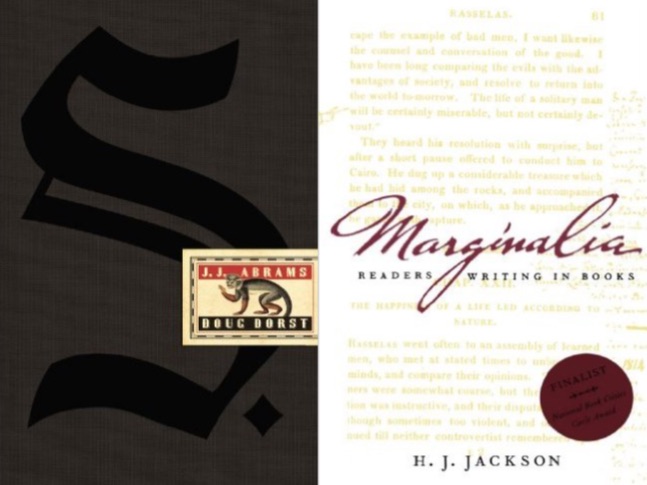
S. paired with Marginalia
S. by J.J. Abrams and Doug Dorst
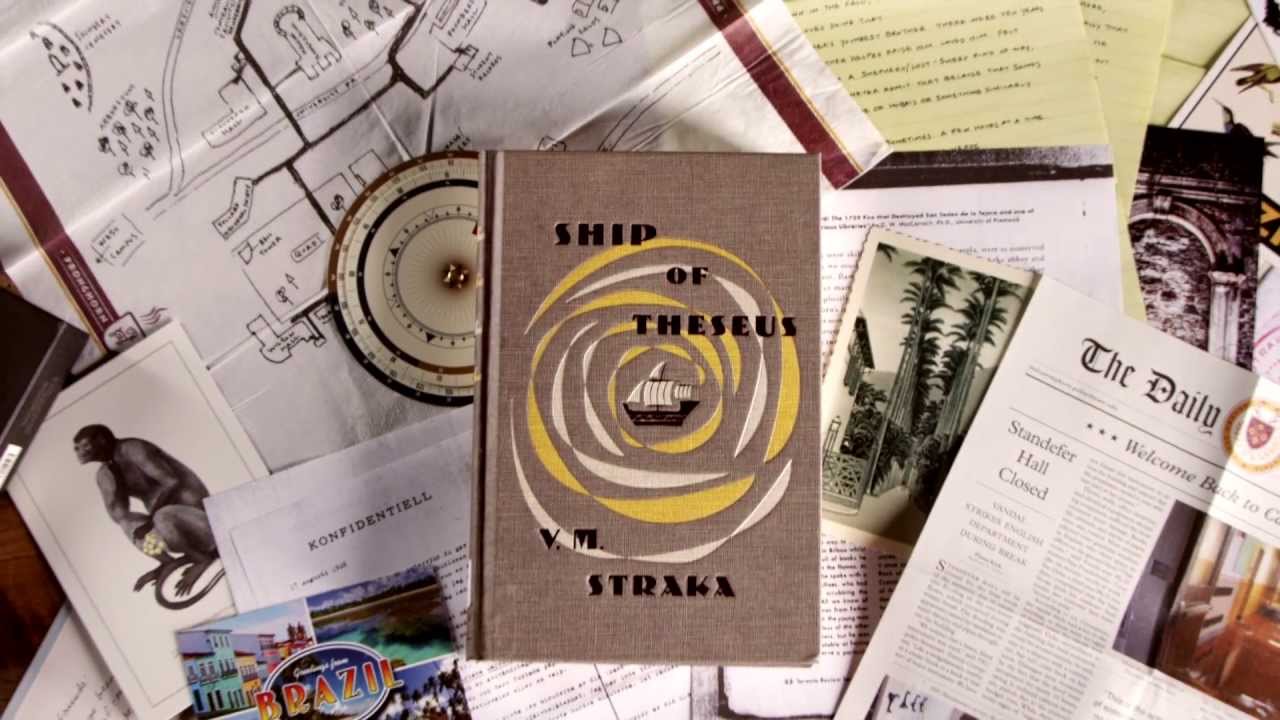
The novel I chose is one of the most unique books I’ve ever read. S. comes packaged to look like a used library book in a cardboard sleeve. The book in the sleeve is called Ship of Theseus, and when you take it out you discover that its pages are filled with all sorts of paraphernalia: napkins, postcards, photographs, and more. Not only that, but the pages themselves are annotated by two different readers who have an ongoing conversation with each other over the course an unspecified period of time. Their margin notes are the real story of S., and unravelling them is a literary challenge. Here is how the back of the book describes itself:
One book. Two readers. A world of mystery, menace, and desire…
A young woman picks up a book left behind by a stranger. Inside it are his margin notes, which reveal a reader entranced by the story and its mysterious author. She responds with more notes of her own leaving the book for the stranger, and so begins an unlikely conversation that plunges them both into the unknown. The Book: Ship of Theseus, the final novel by a prolific but enigmatic writer named V.M. Straka, in which a man with no past is shangaied onto a strange ship with a monstrous crew and launched on a disorienting and perilous journey. The Writer: Straka, the incendiary and secretive subject of one of the world’s greatest mysteries, a revolutionary about whom the world knows nothing apart from the words he wrote and the rumors that swirl around him. The Readers: Jennifer and Eric, a college senior and a disgraced grad student, both facing crucial decisions about who they are, who they might become, and how much they’re willing to trust another person with their passions, hurts, and fears.
S. is a fascinating piece of metafiction and a prime example of book as artifact. The items inside the book add an unprecedented level of realism. S. is a book not to be read but rather to be experienced.
Marginalia by H. J. Jackson
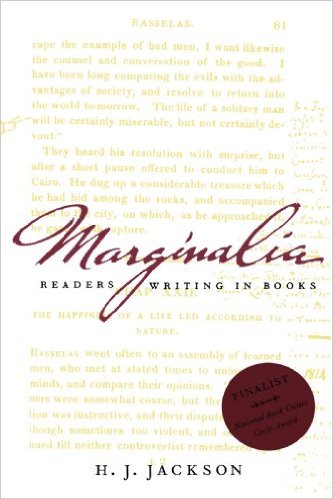 In keeping with the idea of annotating, I am pairing S. with a book that explores the history of people writing in books. Marginalia by H. J. Jackson explores the early examples of annotating, its evolution over time, as well as various motives for why people mark up their books. From the back cover:
In keeping with the idea of annotating, I am pairing S. with a book that explores the history of people writing in books. Marginalia by H. J. Jackson explores the early examples of annotating, its evolution over time, as well as various motives for why people mark up their books. From the back cover:
Imaginative and amusing, this book will be a pleasure for anyone who cares about books and reading. H. J. Jackson examines all varieties of marginalia, from casual scribbles to lengthy arguments, and introduces us to annotators both celebrated and unknown whose jottings in book margins reveal much about themselves, their relationships with other readers, and their passionate involvement with books.
So there you have it: my book pairing for Nonfiction November. Have you read S.? What book would you pair with it? Do you write in books? Why or why not?




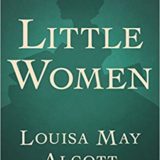

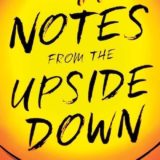






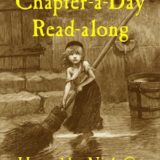
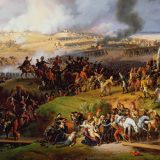




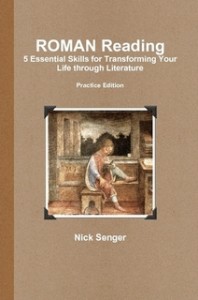

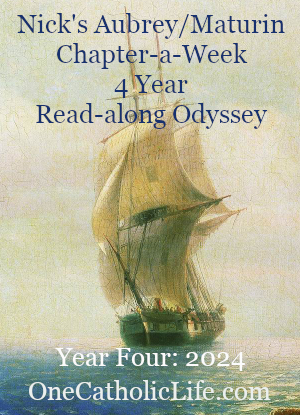


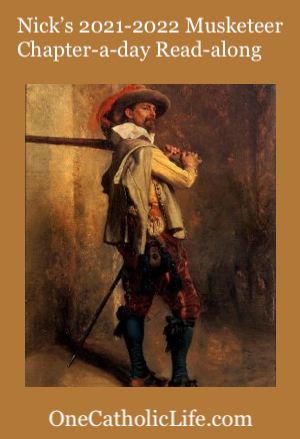


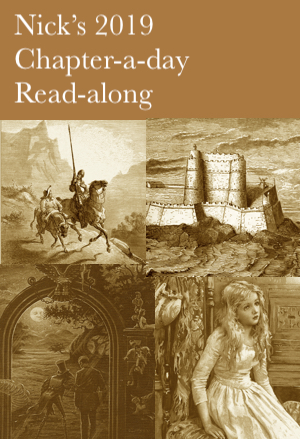
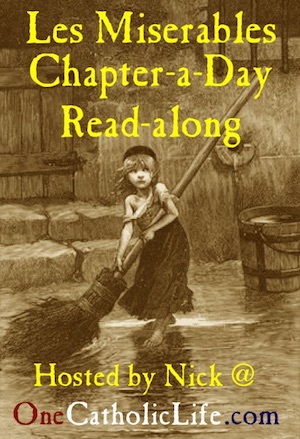



As they say in the northeast: “wicked cool”!
I have the book S, but I haven’t taken the time to delve into it. It looks so fascinating!
Oh my gosh, I love this pairing! I read the book S a few years ago and enjoyed it SO MUCH — I don’t know how flawless the plot ended up being, but I didn’t even hardly care. It was so much fun reading all the marginalia and the little inserts. The book design just blew me away.
Yes, “wicked cool,” “fascinating,” and “blew me away” are how I felt too!
Wow! S. sounds like one amazing experience!! I’ll have to see if my library has it. And I’m always drawn to books like Marginalia…
I had to laugh a little when I saw ‘S.’ here — in a past life as a cataloging librarian, I was tasked with figuring out how on earth to handle a book that *already* looked like a well-abused library book stuffed with ridiculous ephemera. It’s an interesting piece, no doubt, but I think I’d much rather read ‘Marginalia’ than have to look at ‘S.’ again even one more time!